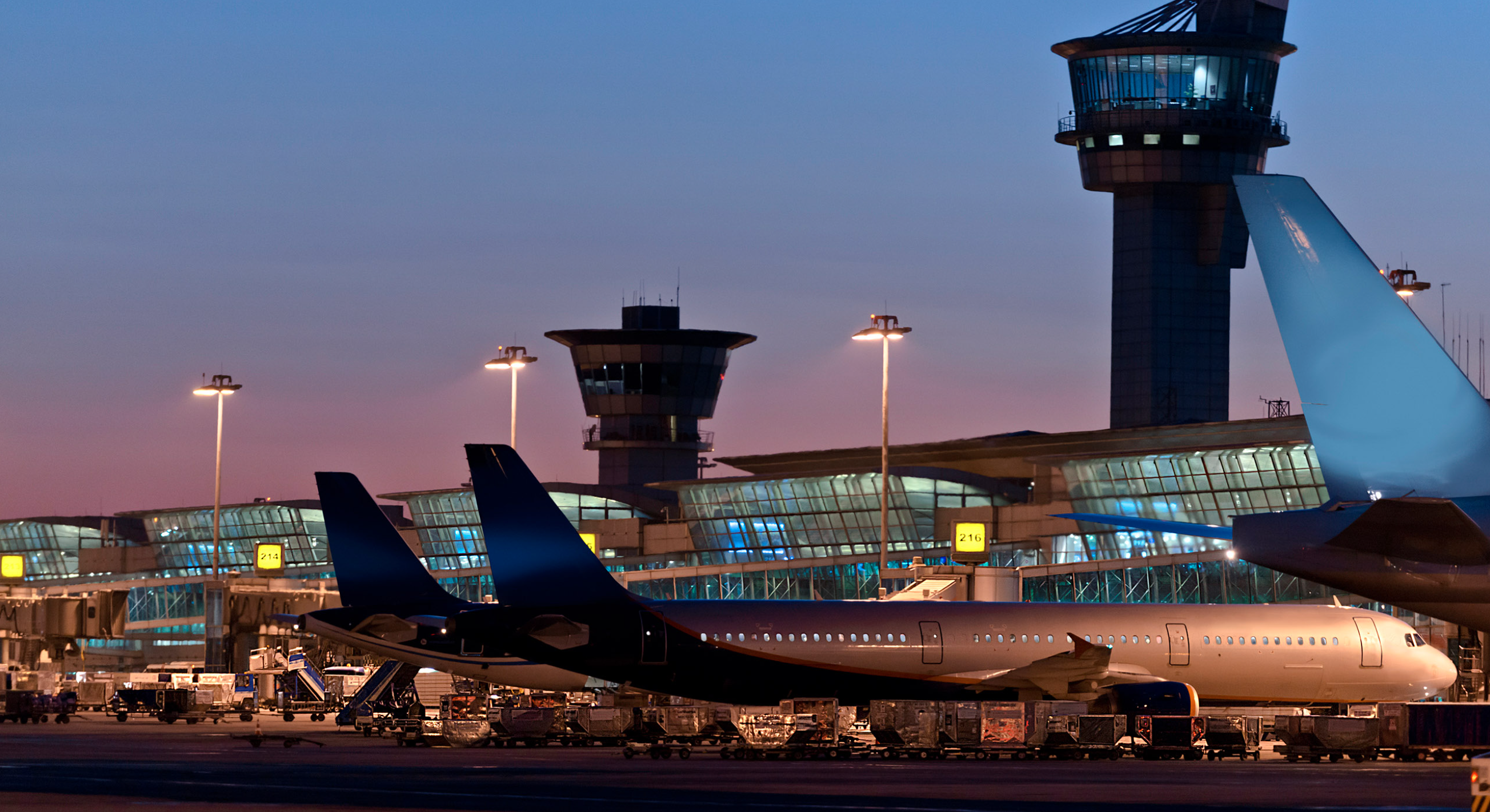After hijackers took over four planes the morning of September 11, 2001, the US revamped its process for airport security screening to prevent similar attacks.
Here are some important things to know.
The TSA is born
Before 9/11, the US relied on private companies to screen passengers before flights.
Only in November 2001 did the government create the Transportation Security Administration (TSA) to handle security at airports.
New security measures
Over the years, TSA responded to new threats by adding new restrictions.
In 2006, it limited the amounts of liquids, gels, and aerosols you could bring on a plane, boosting the mini toothpaste tube industry.
In 2010, TSA began installing full-body scanners after the ‘underwear bomber’ tried to detonate a device hidden under his clothing.
‘Pat downs’ created controversy at the time, but are now widely accepted.
Airlines took a hit
Airline revenue for domestic US flights fell by $10 billion/year from 2001–2006.
But that’s nothing compared to the financial hurt from Covid-19. Global airlines lost $126.4 billion in 2020.
Zoom out
Beefed-up airport screening has created more hassle for passengers. But it has also largely rooted out potential attacks.
Now, a privacy debate is unfolding over how “trusted traveler” programs like PreCheck collect and protect the sensitive personal info of Americans.


